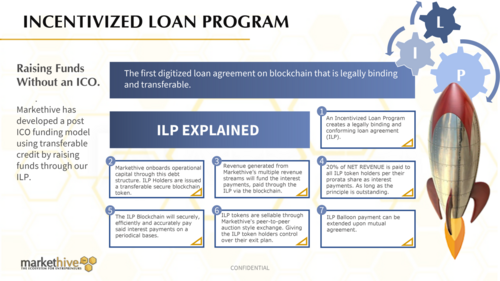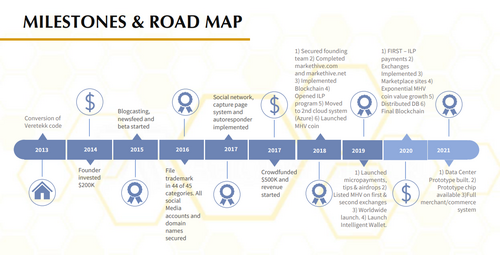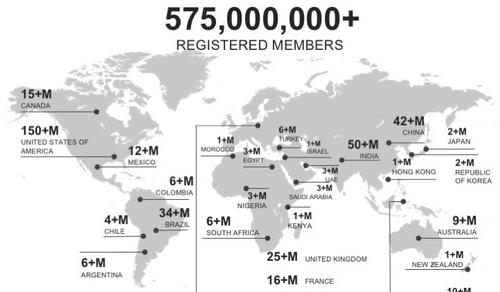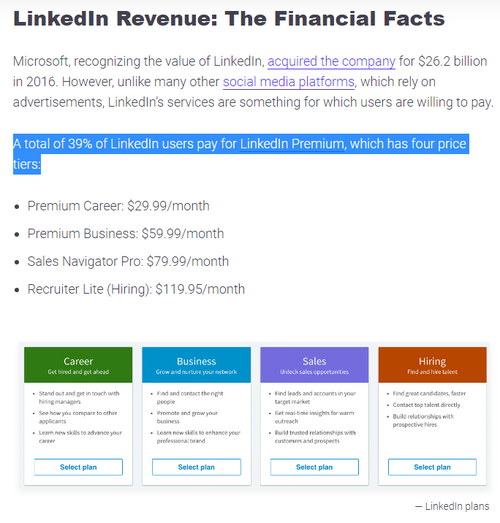
How to Deliver Value With Your Content

There are over 400 million blog posts that are published daily. The majority will only receive a few clicks. How can you get your's to rise above the noise?
The usual scenario involves finding 'How To' manuals trying to find 'hacks' or 'shortcuts' that will get your content noticed. Someone's post, video, or meme goes viral, and tons of copycats appear for the next few months. They never do better than the original.
For example, the original Old Spice campaign video resulted in over 55 million views on Youtube and was copied many thousands of times. Sesame Street was one of the copycats, and the result was five times fewer views than the original.
So if Sesame Street, with multi-millions of dollars for the best production resources, can't come close to topping the original video, how are you and your small business going to do it?
Copying is not the best way to produce content. I'll be covering five tips in this post on delivering real value in your content.
The WIIFM Formula
WIIFM means, "What's in it for me?" but we turn the formula over. Your content needs to focus on 'What's in it for THEM, not YOU. That's when people will read your content. Too often, entrepreneurs write self-serving content. It's like going into a pub and shouting out how great you are, your latest accomplishment, and all the reasons you are God's gift to the world. But that is the very thing so many brands do when they only write about themselves and how excellent their products are on social media and their blog.
It is a much better strategy to put yourself in your target market's shoes, focus on what they need and care about, and then write content that addresses that.

Know Your Target Market
To create WIIFM content, you must understand your target customers. Building customer personas will help with this.
Identify the following characteristics:
- Their location(s)?
- Their values?
- Their key demographics (job title, age range, etc.)?
- The sort of content they are consuming currently?
- Their pain points?
- How will your offer resolve those pain points?
Show Real Expertise
One of the main reasons your content may not be resonating is when you are producing mirage content. Content that replicates what everyone else in your field is putting out. In most cases, this happens when the person writing the blog post hasn't any real expertise doing what they are writing.
If you sell race car parts, your website's blog posts should be written by someone that knows about race cars (Perhaps they build and race cars on the weekend?) Don't have some junior copywriter that you hired paraphrase a bunch of content they saw from a basic Google search.
The Development of expertise takes time. Either you or whoever writes your content has to:
- Do a lot of reading.
- Ask a lot of questions.
- Invest time doing the thing that is being written.
- Be willing to experiment.
- Fail often.
You will need to figure a way to resolve any lack of expertise in your subject matter. You could hire writers who are subject matter experts. You could interview some experts. Or you could invest the time to become an expert yourself.

Be Focused on Customer Intent, not Traffic Volume.
Many companies go after the ‘Top of the Funnel’ (TOFU) keywords. These have tons of search volume and organic traffic but are not as likely to convert sales. Additionally, these keywords are probably going to be competitive. It will be extremely challenging and costly to rank on page one of Google.
The opposite approach converts much better. Begin with ‘Bottom of the Funnel’ (BOFU) long-tail keywords. They may have just a fraction of the traffic but are much easier to rank for, and the chances of them converting to customers are much more significant.
As an example, the most popular post on Hubspot’s site is “how to make an animated gif”. How many of those people are looking for a complex CRM or marketing automation software? Probably not very many.
Long-tail keywords to target can be found using SEO tools like Ahrefs or SEMRush.
Also, some excellent keyword research tools are completely free and include:
- Quora
- Youtube
- Amazon
In particular, Social media can provide a look into just how your target customers are talking about your product and your competitors’ products. This will let you get ideas on what content to write next and how to present the content in a way most likely to resonate with them.
Don’t Try to Go Viral.
When you try to go viral, you are taking part in the marketing equivalent of purchasing lotto tickets. You are basing your strategy on something out of your control, can’t be repeated, and most likely will not happen.
For example, if you sell garden shovels and rakes, the chances of your video about the best fertilizer to use in your tulip garden going viral are pretty low.
The problem is with “viral content”, you are looking for a one-hit-wonder. If you were to get lucky and one of your videos takes off, the odds of it leading to a ton of sales and being repeatable over and over is very low.
A more proven strategy is to regularly create ‘How-To Videos’ week after week that show your company’s expertise and helps your target customers solve real problems. These videos may only result in a few hundred views each, but they are building your reputation and solving a real problem for your target customers.
As an example, Minaal produces carry-on luggage for minimalist travelers. They aren’t focused on producing viral pranks. Instead, they do an excellent job of making how-to videos related to packing light.
If you are just getting started check out this detailed guide for beginners. It outlines how to start blogging in 5 easy steps. When you are ready to start your blog, the most complete platform, and blogging tools around can be found at Markethive. Below is a video presented by Thomas Prendergast, the CEO, and Marketing Director of Markethive, with some excellent tips on how to create a blog.
In summary, to create content that delivers real value, you must invest time in understanding your target customers. It will require spending the time to learn about (and talk to) your target customers, practicing humility, and being empathetic.

Written by Gene Aasen
Entrepreneur 1 and Writer for Markethive.com, the social, market, broadcasting network. I’m a strong advocate of the Markethive mission for technology, world progress, and freedom of speech. I support change and endeavor to help others understand, grow, and move forward with enthusiasm to achieve their goals.
David https://markethive.com/david-ogden




.jpg)





.png)
.jpg)


